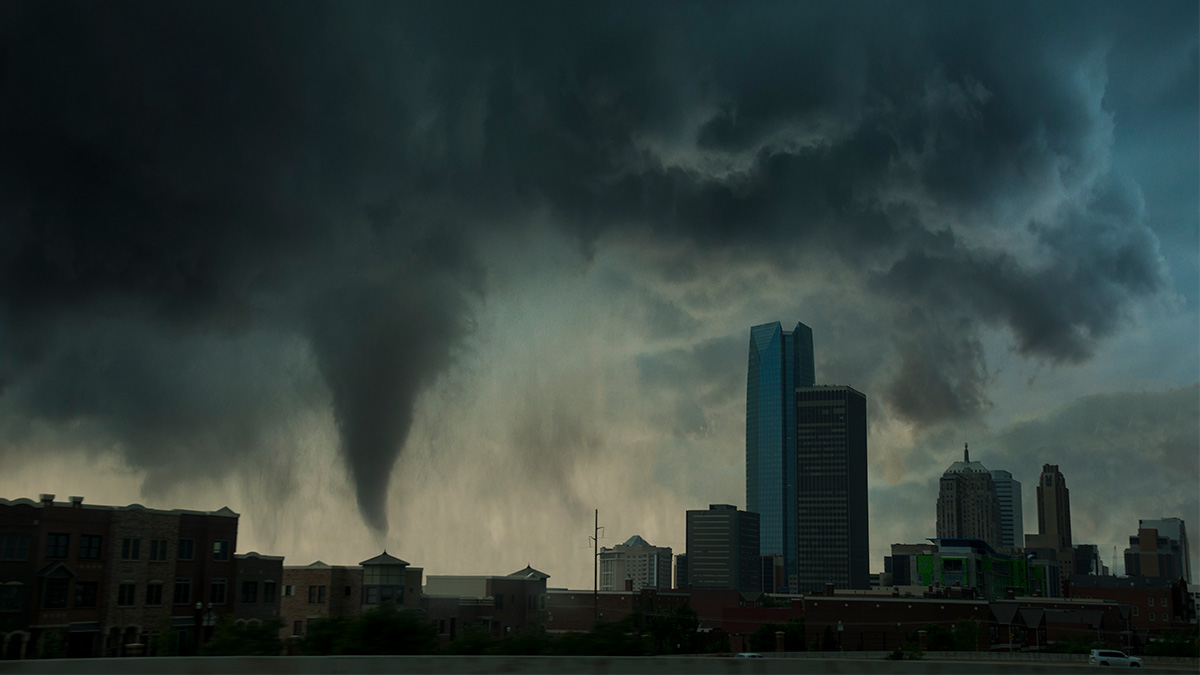Urban Preparedness Principle #1: Have a
Plan B, C, D and E
When you live in the city,
it’s easy for an emergency to catch you off-guard. Something could happen while
you’re at work, during your commute or in the middle of the night. To put it
simply, the more options you have, the better.
This is why it’s a great idea
to have emergency kits prepared:
- for the office
- in your car
- at home
It’s also essential that you plan for several options to leave the city in the event of an evacuation or long-term crisis. This includes leaving by car and by foot. Giving yourself options is huge for preparing in the city. When an emergency strikes, you’ll have to decide the best course of action. Having more options helps you figure out the best path when the pressure is on.
It’s also an excellent idea to practice your preparedness
plans in advance. If you have to walk
30 miles to get out of the city with a 40-pound pack on, you’re going to need
to get in shape to do that. You’re going to need to understand the terrain
first-hand so you know what kind of obstacles you might encounter – maps and
apps can’t provide that information – especially if cellular service is
disrupted (think 9/11 or Katrina). In a true crisis, the only person you can
rely on is yourself, your experience and your plan. This leads us to urban
preparedness principle #2…
Urban Preparedness Principle #2: Learn
Urban Self-Reliance Skills
Most city dwellers are used
to having all the conveniences of the modern world at their fingertips. When an
emergency strikes, those conveniences will likely be gone in an instant. Let’s
face it, you won’t be able to rely on an Uber during a crisis. Even more
important, access to food, water, fuel and power can be restricted or severely
limited.
For example, it might seem impossible to grow your own food without acres of land. I’m here to tell you it’s not impossible. You can grow vegetables in potted plants on rooftop gardens. You can even grow certain foods – especially herbs like basil – in sunny southern-facing windows. You can also look into community gardens in your area and get your very own urban garden plot.
Learning to grow your own food is an extremely valuable skill. Not only will it help you prepare for emergencies, but it will help you start over if you have to leave the city and resettle. The Survival Seed Vault is the perfect choice for starting your own garden. Don’t miss this year’s growing season. Start your city garden today. Click here to order your seeds.
In addition, you can forage many foods in an urban
environment, despite the common misconception that you are completely
disconnected from nature. Search for local foraging groups in your city to
learn what you can pick and eat in your area. While others will have to battle the panicked
crowds at supermarkets and empty shelves, you can supplement your food supply
by living off the urban landscape.
Gardening and foraging are just two skills that will help you be more self-reliant and survive in an emergency. The key to Principle #2 is to never stop learning new ways to provide for you and your loved ones. In a city, the last thing you want to do during a crisis is rely on someone else for help. Chances are, thousands of other folks are waiting for that same help. Do yourself a huge favor and skip the wait.
In summary, if you can
internalize the two principles above, you’ll be on your way to total urban
preparedness. Don’t get overwhelmed. Keep these two principles in mind and take
it one step at a time.

